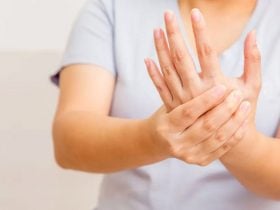Prebiotics and probiotics

Prebiotics and probiotics may be very effective in lowering the symptoms of rosacea [3], according to mounting research on the involvement of the gut microbiome in the development of the illness.
Prebiotics are thought of as “food” by the gut microorganisms. They support bacterial activity and growth, both of which are essential for a balanced gut microbiota. They can aid in reducing body inflammation and are crucial for maintaining the health of the beneficial bacteria that are already present in your gut. Dietary fiber, which includes prebiotics, may help lessen the symptoms of rosacea.
Examples of foods high in fiber include:
- Whole grains such as brown rice, quinoa, oats, barley, and whole-grain breads.
- Weet-Bix and oat bran are two examples of fortified grains.
- veggies and fruit
Probiotics are meals with live “good” bacteria that can support a balanced gut microbiota. Rosacea patients’ skin inflammation has been shown to be reduced by certain beneficial bacteria found in a healthy gut microbiome. Probiotics can be found in fermented foods and supplements.
Probiotic foods include:
- Yogurt
- Sauerkraut
- Kombucha
- Tempeh
- Miso
- Pickles
Different probiotic types and brands will include varying amounts of microorganisms. The components list can be checked by looking for “live or active cultures.













